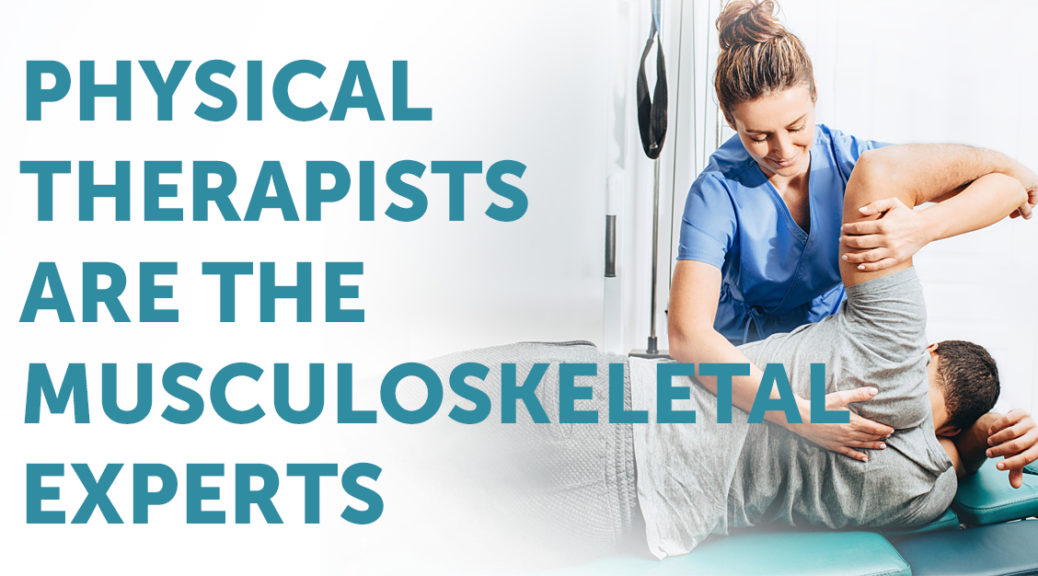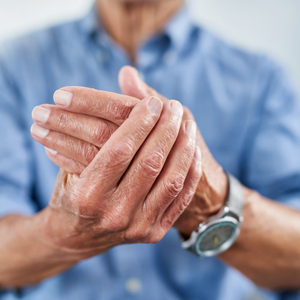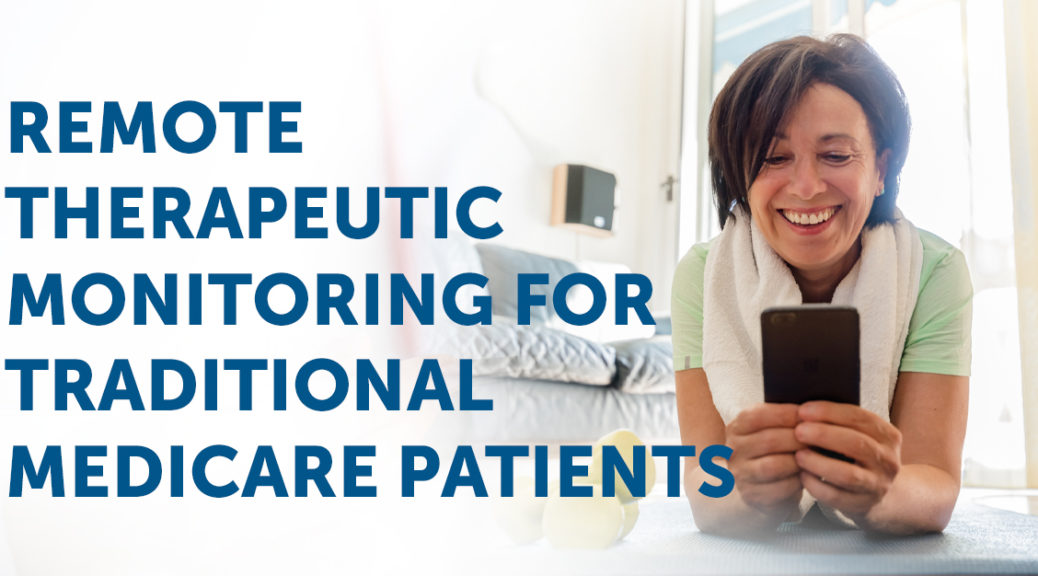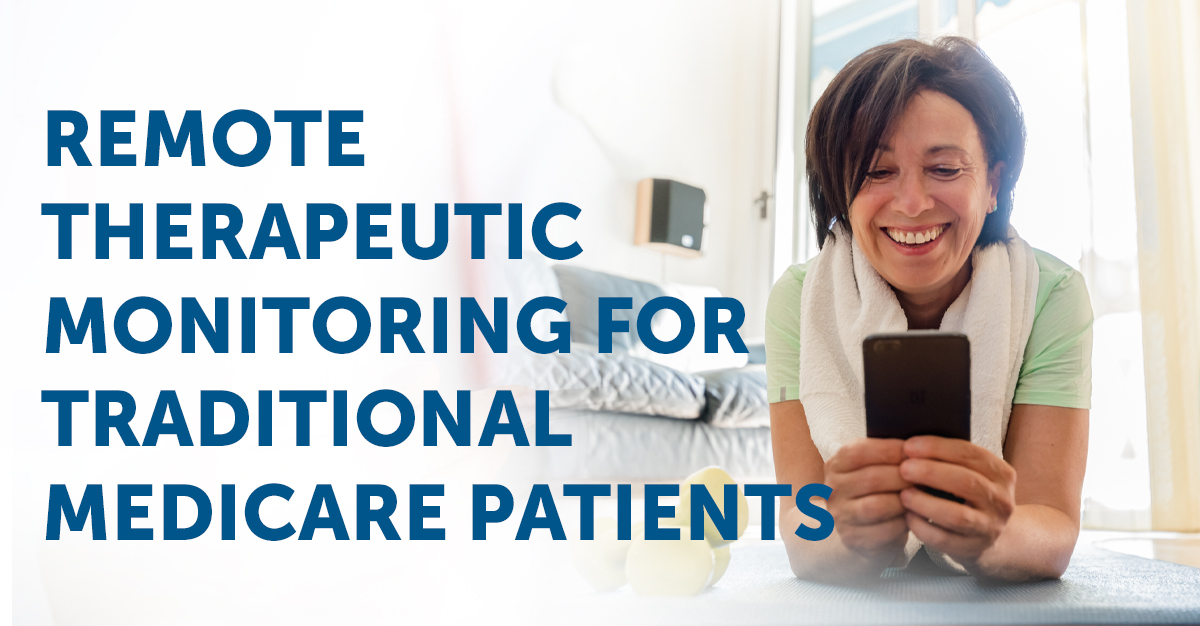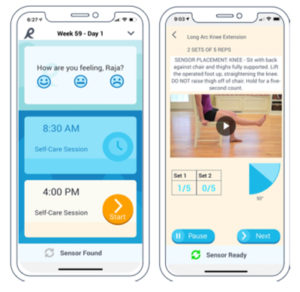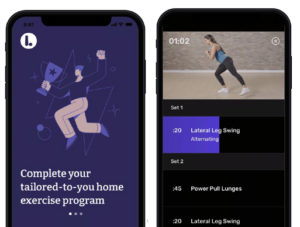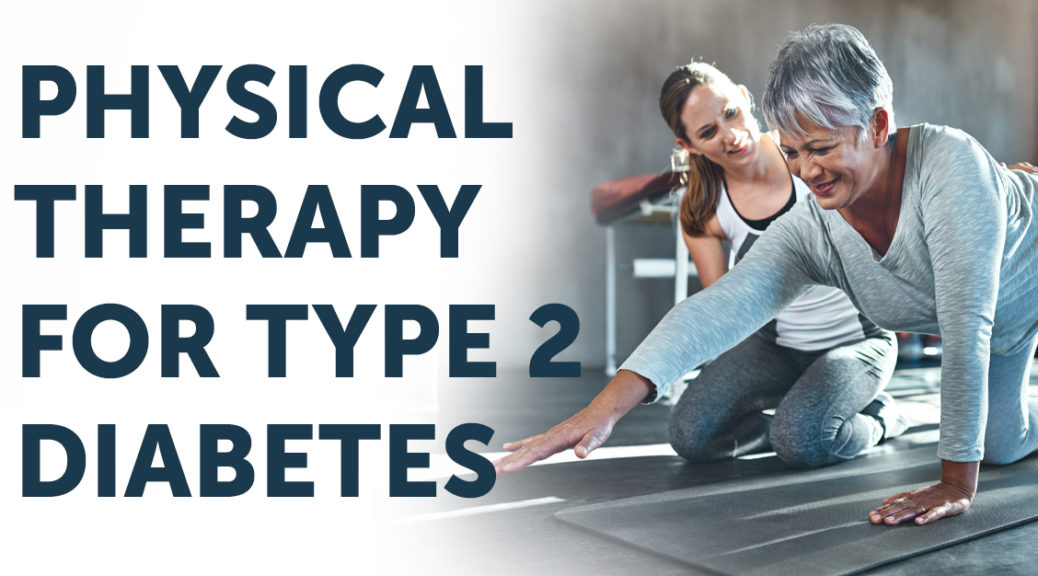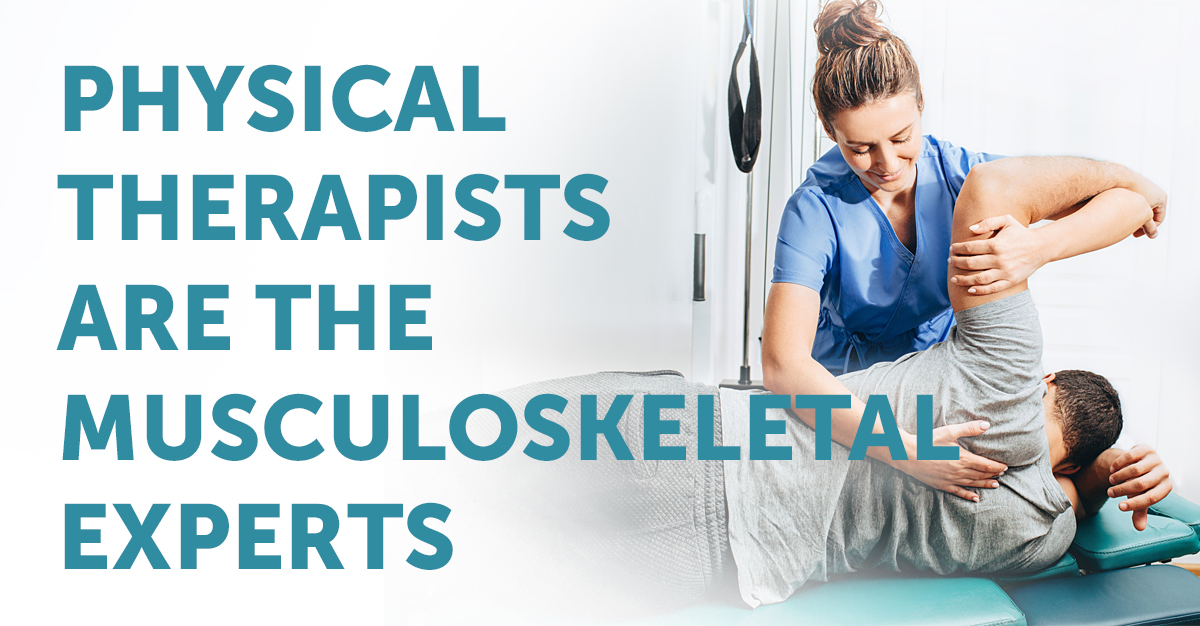
According to the World Health Organization, Musculoskeletal conditions are the leading contributor to disability, with approximately 1.71 billion people having musculoskeletal conditions worldwide. With numbers like that, it’s probably safe to say that you or someone you know suffers from musculoskeletal pain, discomfort, or disorders. Pain and dysfunction cause many disruptions to daily lives, and that is where physical therapists, THE musculoskeletal experts, step in to get your body back to being pain-free.
A physical therapist is a licensed health specialist in treating musculoskeletal disorders. In fact, physical therapists must complete a Clinical Doctorate degree before obtaining their license. Physical Therapists help not only manage illnesses and injuries to your musculoskeletal system but can prevent them. The first visit to physical therapy begins with a physical evaluation. Evaluations take around an hour and provide physical therapists with the information needed to understand the injury, what’s causing it, and how to develop a treatment plan to fix it.
What to Expect from My Physical Therapy Treatment Plan:
Physical rehabilitation programs designed by physical therapists improve strength, flexibility, and independence by working to remove pain, injury, and weakness. Physical rehabilitation programs often improve a patient’s ability to function, reduce symptoms, and improve their overall well-being.
The result is a patient that has returned to the highest level of function and independence possible.
Physical Therapy Programs from a Physical Therapist May Include:
- Exercises that increase range of motion and strength, improve flexibility and mobility, and increase endurance.
- Pain management.
- Ergonomic assessments and work-related injury prevention.
- Help with obtaining assistive devices that promote independence.
- Fitting and caring for braces, splints, or artificial limbs.
What Makes Physical Therapists THE Musculoskeletal Experts?
Physical therapists are musculoskeletal experts who help patients with pain, stiffness, disease, injury, and rehabilitation after surgery. They can also help people move better and reduce the risk of getting hurt.
Most people think of physical therapy as a practice strictly for injuries, but patients can see a physical therapist to relieve lingering pain, practice injury prevention, and improve overall health and performance.
Not Convinced that Physical Therapists are Musculoskeletal Experts?
Here are a few more reasons why physical therapy is an excellent choice for dealing with musculoskeletal pain.
- Physical therapists can improve the tolerance to physical activity, which can have a positive impact on: sleep, mental health, and chronic conditions such as arthritis, cardiovascular disease, and diabetes.
- Physical therapists can treat multiple health conditions and incorporate “Lifestyle medicine” alongside musculoskeletal rehabilitation. Rather than just treating the injury, physical therapists encourage overall lifestyle changes to prevent failure issues.
- Physical therapists get to know the daily demands of their patient’s jobs and activities, so they can understand how to formulate a plan to best prevent and treat musculoskeletal injuries.
Whether you are in pain because of traumatic injury, overuse, or a disease, physical therapy can help relieve your musculoskeletal pain and reduce the need for surgery and opioids. Physical therapists are musculoskeletal experts and have an assortment of tools to manage and relieve musculoskeletal pain. If you need physical therapy due to musculoskeletal pain, please schedule an appointment to get you on the road to recovery.

